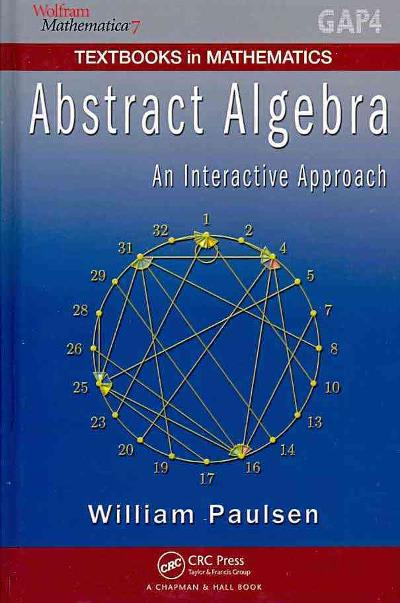Question
Use the results from a survey of a simple random sample of 1042 adults. Among the 1042 respondents, 89% rated themselves as above average drivers.
Use the results from a survey of a simple random sample of 1042 adults. Among the 1042 respondents, 89% rated themselves as above average drivers. We want to test the claim that more than 4/5 of adults rate themselves as above average drivers. Complete parts(a) through (e).
a). Regardless of the conclusion reached from the hypothesistest, is it possible that more than 4/5 of adults can be above average drivers?
A. No. Assuming quality of driving can be quantified, half of all adults must have driving quality less than or equal to the mean.
B. Yes. Assuming quality of driving can be quantified, a distribution that is extremely skewed to the right would be the most promising scenario for more than this proportion of adults to have driving quality that is above the mean.
C. Yes. Assuming quality of driving can be quantified, a distribution that is extremely skewed to the left would be the most promising scenario for more than this proportion of adults to have driving quality that is above the mean.
D. No. It is impossible to compare the quality of differentadults' driving.
b) If we use the same significance level to conduct the hypothesis test using the P-value method, the critical value method, and a confidence interval, which method is not always equlvalent to the other two?
A. The p-value method is not always equivalent to the other two.
B. The confidence interval method is not always equivalent to the other two.
C. The critical value method is not always equivalent to the other two.
D. All three methods are always equivalent to each other.
c) It was states that we can easily remember how to interpret p-values with this "If the P is low, the null must go" What does this mean?
The statement means that if the ? is low in relation to ? then one should ? the ?
d) Another memory trick sometimes used is this "If the P is high, the null will fly" Given that a hypothesis test never results in a conclusion of proving or supporting a null hypothesis , how is this memory trick misleading?
A. The statement seems to suggest that with a low P-value, the null hypothesis has been proven or is supported, but this conclusion cannot be made.
B. The statement seems to suggest that with a high P-value, the alternative hypothesis has been proven or is supported, but the conclusion cannot be made.
C. The statement seems to suggest that with a high P-value, the null hypothesis has be proven or is supported, but this conclusion cannot be made.
D. The statement seems to suggest that with a high P-value, the alternative hypothesis has been rejected, but this conclusion cannot be made.
e) Common significance levels are 0.01 and 0.05. Why would it be unwise to use a significance level with a number like 0.0424?
A. Using a significance level to more decimal places makes calculations of --VALUE more difficult.
B. Choosing a more specific significance level makes it more difficult to reject the null hypothesis.
C. A significance level with more than 2 decimal places has no meaning.
D. Choosing such a specific significance level could give the impression that the significance level has carefully chosen to reach a desired conclusion.
Step by Step Solution
There are 3 Steps involved in it
Step: 1

Get Instant Access to Expert-Tailored Solutions
See step-by-step solutions with expert insights and AI powered tools for academic success
Step: 2

Step: 3

Ace Your Homework with AI
Get the answers you need in no time with our AI-driven, step-by-step assistance
Get Started


